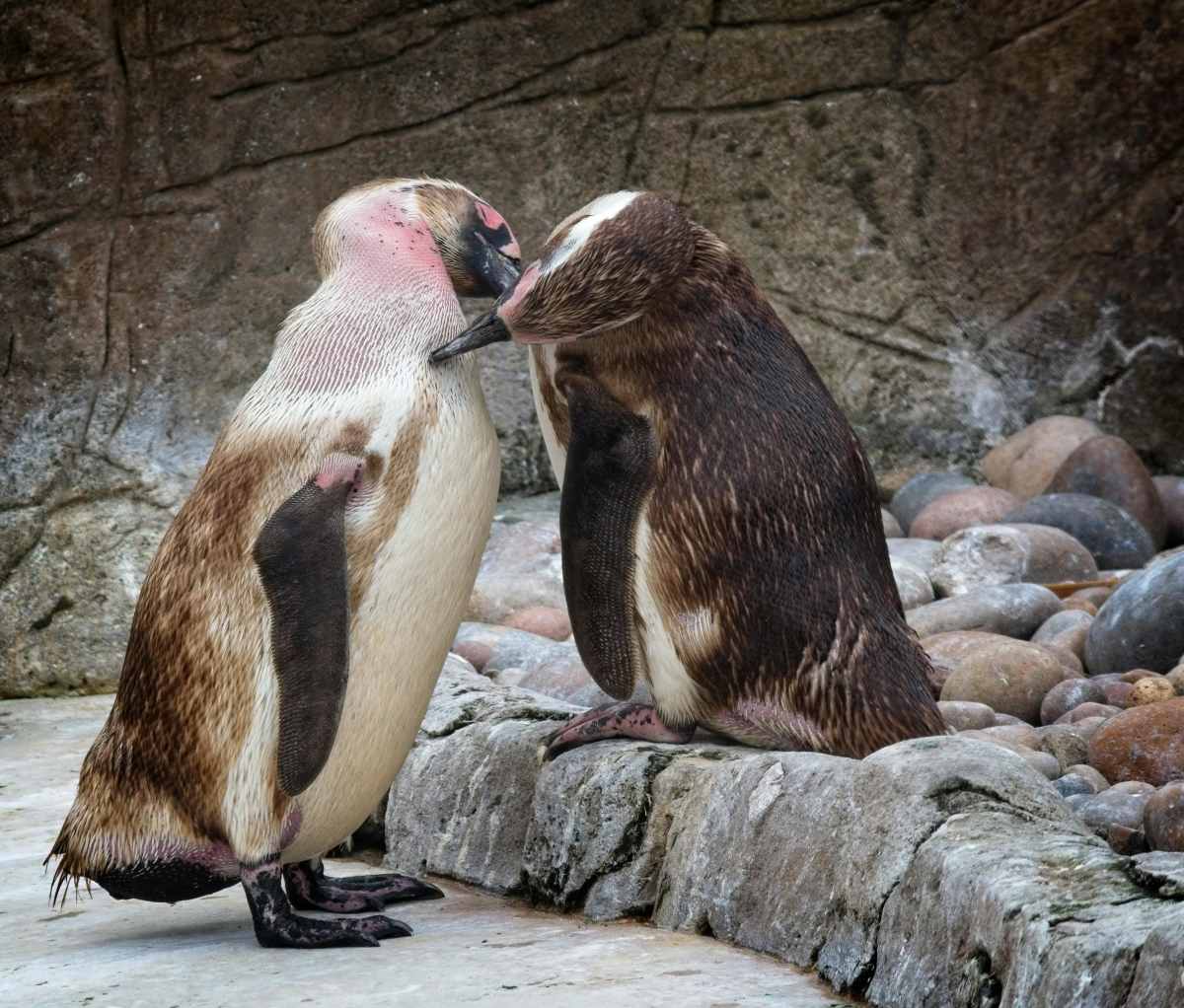Researchers Record Bizarre Behaviors of Tiny Endangered Penguins — a Desperate Effort to Save Them

On the western tip of Southern Australia’s Summerland Peninsula, Silver was fighting to survive. When some rangers from the Phillip Island Nature Park visited the peninsula to monitor the "Penguin Parade," they recognized her with the silver band they had tied on her flippers in 2002 after a rescue operation. It was unusual for a penguin to have survived 22 long years. She needed someone who could help her return home. They fed her fish. Luckily, Silver made her way back home. She survived. But sadly, not every penguin is as lucky as Silver. In a paper published in the journal Behaviour, researchers revealed that the number of Australia’s little blue penguins is slowly declining due to human intrusion and urbanization activities.

Little penguins, also named “Eudyptula novaehollandiae,” are the world’s smallest penguin species. About two decades ago, there were around 1,600 penguins, but now there are merely 30 left. When Doctor Diane Colombelli-Négrel from Flinders University took a trip just off the coast of Victor Harbor, 50 miles south of Adelaide in South Australia, she discovered the disheartening reality about the little penguins and also that humans were the culprit, as she wrote in The Conversation.
The crookedness here is in humans and the way they are expanding their territory into huge urban sprawls. Roads are bottlenecked with traffic, noise pollution, unrestrained pet dogs, glinting flashes of artificial lighting, swanky streets lit up in blinding lights, bikes grazing the charcoal trails at speeds that would send jitters down the spine, and not to mention the physical intrusions that humans try to do, violating the privacy of penguins’ families.

Provoked by recurring human trespassing, habitat intrusion, and urban development, these little penguins of Southern Australia are experiencing a dire threat, a threat that is challenging their very survival. The objective, however, of this study wasn’t to analyze the survival of these penguins. As Colombelli-Négrel mentioned in the research, the goal, rather, was to study the parenting behaviors of these penguins and determine whether the human disturbance influenced their parenting in any way.

Using remote red-light video surveillance, the team captured thousands of hours of footage, recording the behaviours these penguins displayed through different breeding seasons and daily routines. What Colombelli-Négrel was interested in, particularly, was to investigate whether the personality trait of “boldness” affected the penguins’ breeding and parenting.

The cameras strapped around Granite Island spied on these flightless Australian birds, recording their nitty-gritties and bizarre, playful, and lesser-seen behaviors. The footage shows two penguins waddling across a boardwalk after returning from the sea, fish still clinging to their mouths. Then comes a fighting scene. Two male penguins suddenly erupt into a mad fight, poking each other's flesh with their beaks, while yelling in squawks and trumpets.

Another scene shared in the 2-minute footage by BirdLab displays two penguin partners having a romantic time. After stroking each other for a few moments, they start getting private with mating. Their growls and brays captured on the camera indicate that they need privacy. Another penguin couple appears to be enjoying a quiet and relaxing time with each other. Then a mother penguin pops up, tending to her chicks inside the burrow. As notorious as chicks are, they start harassing their mother until she pushes them away. Others seem to be fluttering their flippers for no particular reason, probably entertaining themselves.
These little penguins nowadays are trammelled by stress from anthropogenic, a.k.a. human disturbance. “Our results suggest that constant exposure to anthropogenic disturbance may have negative effects on little penguins and highlight the importance of limiting interactions between human visitors and penguins,” the team noted. In a press release, Dr. Colombelli-Négrel urged visitors and travellers to stay away from the nesting places of these penguins and leave them alone.
More on Green Matters
Over 90% of Emperor Penguins Could Disappear by 2100 — And Only One Thing Is To Blame
Penguins Are Getting 'Divorced' Faster Than Before — and Humans Might Be at Fault